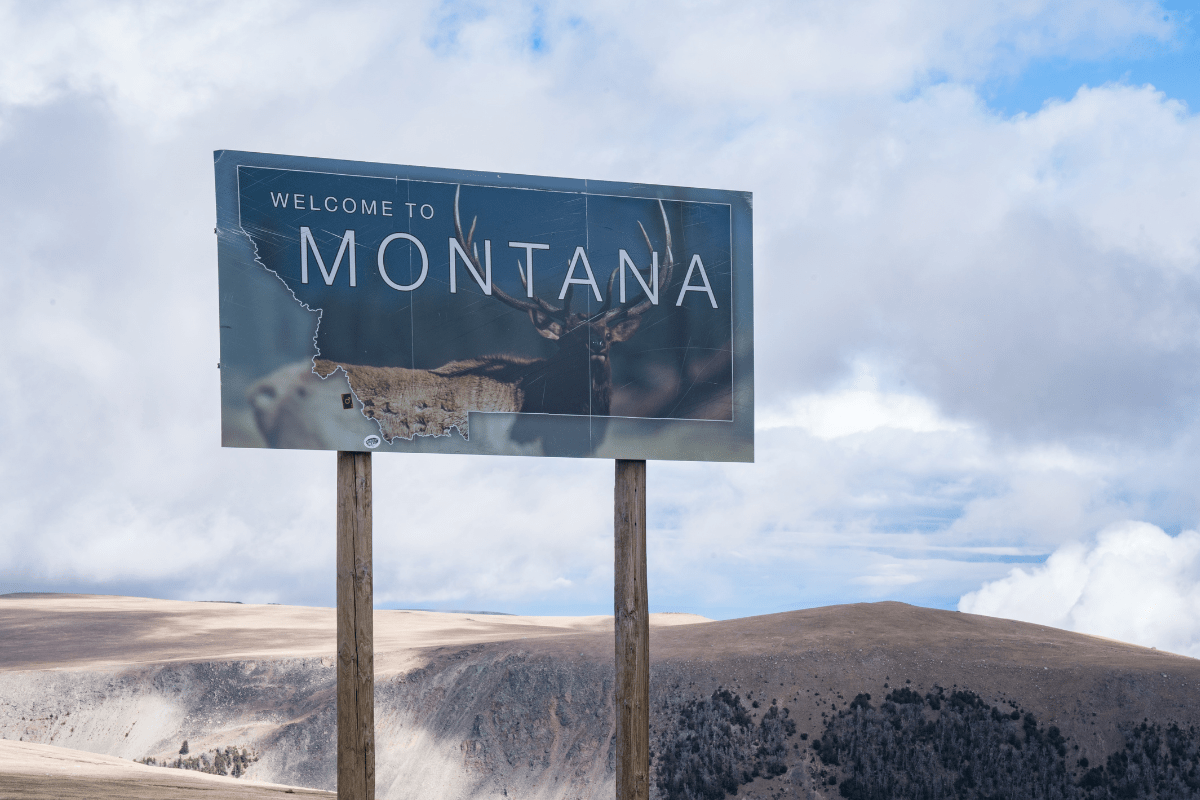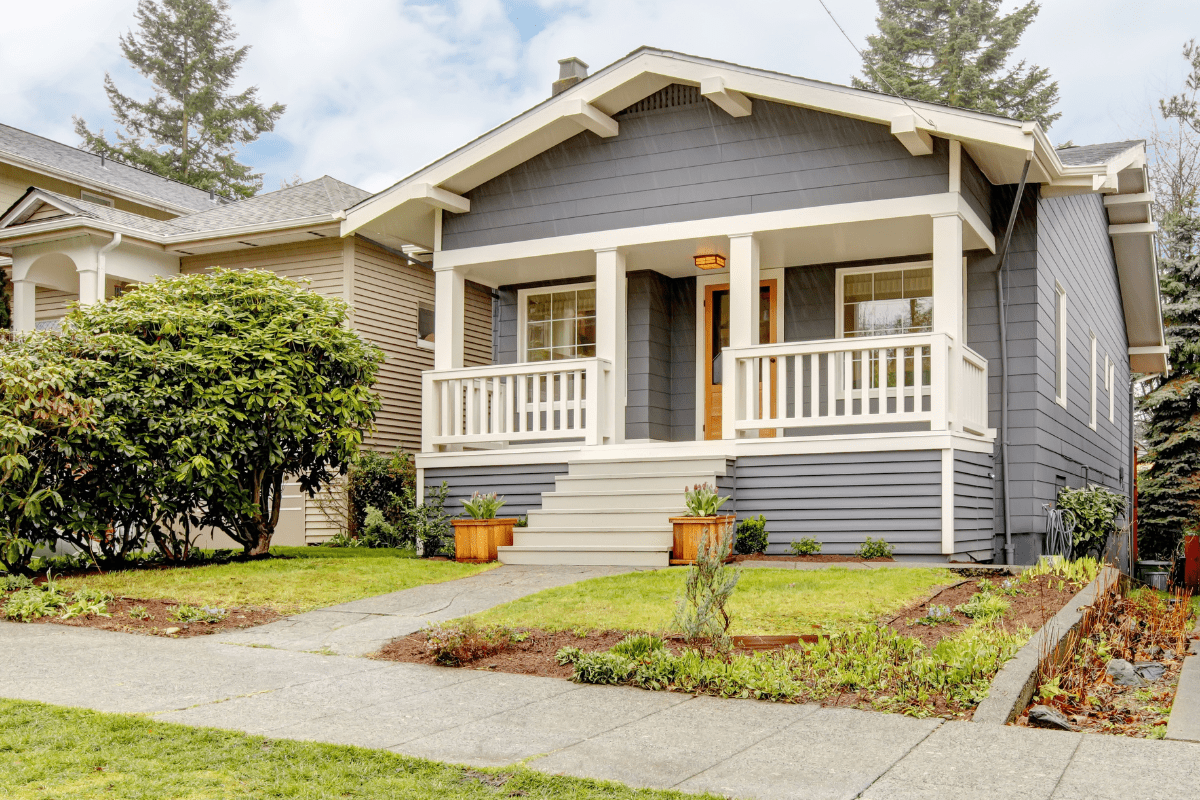Montana doesn't mess around with seasons. While 12.5 million visitors pile into the state during summer, they're missing out on everything from Whitefish's legendary powder days to Missoula's golden larch trees that basically invented the concept of autumn Instagram posts.
Winter: When Montana Gets Serious About Snow
Montana winters separate the tourists from the locals faster than you can say "black diamond." The good news? Hotel rates drop 40-50% from summer peaks, and you'll actually find parking in downtown Bozeman.
The ski town showdown
Whitefish takes the crown for pure winter magic. With 300 inches of snow annually and 3,000 skiable acres, Whitefish Mountain Resort makes Colorado look like it's trying too hard. The resort runs from December 5 through April 5, giving you plenty of time to master those 111 named runs. Downtown transforms into an actual wonderland during the Whitefish Winter Carnival (February 7-9), complete with skijoring races where horses pull skiers through town. Yes, that's a real thing.
Bozeman offers a choose-your-own-adventure approach to skiing. Locals swear by Bridger Bowl, just 16 miles away, where lift tickets cost a refreshing $40 per day. The Baxter Hotel downtown has this quirky blue beacon on top that lights up when Bridger gets 2+ inches of fresh powder. It's like a bat signal for ski bums. Big Sky Resort, 45 minutes south, claims the title of America's largest ski area, which sounds impressive until you realize that also means more people.
Beyond the slopes
Helena proves you don't need a trust fund to enjoy Montana winters. The capital receives a manageable 42 inches of snow compared to 240+ inches in the mountain towns, making it perfect for those of us who consider parallel parking in snow an extreme sport. Memorial Park's ice rink charges between $1 and $1.50 for admission, which might be the last thing in America that actually costs a dollar. The Montana Historical Society offers refuge when you've had enough of pretending negative temperatures are "invigorating."
West Yellowstone becomes its own little universe when Yellowstone's interior roads close to regular vehicles. This creates the bizarre and wonderful opportunity to take snowcoach tours to see geysers erupting through ice formations. The town's Rendezvous Ski Trails offer 35 kilometers of groomed cross-country skiing for those who think going downhill is overrated.
Essential winter survival tips:
- Book lodging in November for best rates
- Pack chains (legally required on passes)
- Download offline maps before driving
- Bring more layers than seems reasonable
- Accept that your car will be dirty
- Embrace the apres-ski lifestyle
Spring: Montana's Awkward Phase
Spring in Montana is like puberty: awkward, unpredictable, and everyone pretends it's better than it actually is. Snow might fall in May, trails turn to mud, and locals wear shorts when it hits 45 degrees.
Where spring actually works
Missoula wins spring by geography alone. The Continental Divide basically gives it a protective hug from the worst arctic tantrums. Seven wildflower species start blooming in April, and the International Wildlife Film Festival (April 19-24) gives you something to do indoors when the weather inevitably disappoints. The city sits where four rivers converge, creating primo fly fishing before mountain runoff turns everything into chocolate milk.
Bozeman's wildflower game peaks when other places still look dead. Sypes Canyon Trail showcases glacier lilies and fairy slippers, while the M Trail blooms with bluebells and buttercups in May. The brief window between "too much snow" and "too much runoff" creates about two weeks of perfect fishing conditions. Montana State University's rodeo in April feels like the official announcement that winter might actually end someday.
Small towns, big character
Great Falls offers reliability when mountain destinations remain buried. The Lewis & Clark Interpretive Center keeps winter hours through April, and Giant Springs State Park pumps out 156 million gallons daily regardless of season. The Missouri River's Edge Trail System provides 60 miles of paths for when you need to walk off your third cinnamon roll from Tracy's Restaurant.
Philipsburg delivers authentic Montana experiences without the crowds. While Granite Ghost Town State Park stays inaccessible until mountain roads clear, downtown's Montana Gems lets you dig for sapphires year-round. The Sweet Palace candy shop will ruin all other candy stores for you, though they're closed Saturdays because small towns gonna small town.
Spring reality check:
- Layer like an onion with commitment issues
- Waterproof boots aren't optional
- Check road conditions obsessively
- Expect weather mood swings
- Bring both sunscreen and winter coat
- Accept mud as a lifestyle choice
Summer: When Everyone Shows Up
Summer in Montana is like Black Friday at Best Buy. About 47% of annual visitors arrive between June and August, turning peaceful mountain towns into parking nightmares. Hotel occupancy hits 84-88% in popular spots, with rates jumping 86% above winter prices because capitalism.
Lake life and mountain towns
Kalispell perfectly balances "I want mountains" with "but also lakes." As the gateway to both Glacier National Park (32 miles) and Flathead Lake, it satisfies indecisive travelers. The 27-mile-long lake offers every water activity you forgot existed during winter. Cherry picking season from mid-July to mid-August adds a weirdly satisfying activity that makes you feel productive on vacation. Summer temperatures reach the high 90s, but evenings drop to 40°F because Montana enjoys keeping you guessing.
Billings hosts Montana's biggest summer parties while somehow avoiding the tourist mob mentality. The Yellowstone River never freezes thanks to underground springs, which sounds made up but isn't. The Big Sky Balloon Rally (July 24-27) fills Amend Park with hot air balloons, creating the most photogenic traffic jam you'll ever experience. MontanaFair in August brings all the deep-fried foods and questionable ride safety you expect from a proper state fair.
The scenic route champions
Red Lodge maximizes its brief summer window when the Beartooth Highway opens from Memorial Day weekend through mid-October. This road reaches 10,947 feet at Beartooth Pass and earned Charles Kuralt's endorsement as "America's most beautiful roadway." The town also offers summer skiing at Beartooth Basin from May through July, because why should winter have all the fun? Downtown's vintage neon signs and the Roman Theater (Montana's longest-running cinema) provide entertainment when you need a break from all that natural beauty.
Ennis earns its "fly fishing capital" title honestly. The Madison River hits peak conditions from late June through July, with the famous salmonfly hatch arriving at June's end. Current flows average 1,050-1,150 cfs, which apparently means something important to fishing people. The "Between the Lakes" section stays open year-round for the truly obsessed.
Summer survival strategies:
- Book everything 2-6 months ahead
- Enter parks before 8am
- Consider weekday visits
- Buy the annual park pass
- Pack patience with your sunscreen
- Embrace dinner at 4:30pm
- Accept crowds as temporary
Fall: The Secret Season
Fall in Montana is like finding money in your pocket. The crowds vanish, hotel occupancy drops to 61%, and the state shows off colors that make New England nervous.
Where autumn actually delivers
Livingston owns fall along the Yellowstone River. Brown trout spawning runs create world-class fishing while 15 art galleries host monthly art walks through September. The Livingston Depot Festival of the Arts technically happens in July, but September's Oktoberfest celebrates harvest season with German food and local beer, proving this town knows how to party year-round.
Missoula's fall foliage peaks mid-September through mid-October, featuring tamarack trees that turn gold despite being conifers. It's like nature's practical joke on biology textbooks. Mount Sentinel's M Trail provides views of the tree-lined University District, while football season brings the legendary Cat-Griz rivalry game on November 22. Fair warning: this game divides families.
Hidden gems shine brightest
Helena capitalizes on harvest season with apple orchards and hot springs creating the perfect fall combination. The Montana Scenic Loop through Helena National Forest showcases spectacular colors, while Bear Paw Acres lets you pick apples like you're in a Hallmark movie. Broadwater and Boulder Hot Springs reach peak enjoyment when cool air meets hot water.
Anaconda combines mining history with outdoor adventures. The famous 585-foot smokestack only offers tours during August's Smelterman's Days, but the Copper Village Museum stays open year-round. Georgetown Lake, 17 miles away, transitions from summer boating to fall fishing. The Old Works Golf Course incorporates mining relics into Jack Nicklaus's design, including black slag bunkers that make every shot memorable.
Fall planning essentials:
- Book 4-6 weeks ahead
- Wear hunter orange everywhere
- Monitor Beartooth Highway status
- Pack for all four seasons
- Expect early snow anytime
- Download weather apps religiously
The Practical Stuff Nobody Tells You
Montana distances laugh at your GPS estimates. Billings to Bozeman covers 142 miles of "quick drive" that becomes three hours in winter. Missoula to Kalispell spans 120 miles through mountain passes that test your brake pads and passenger relationships.
Getting around without losing your mind
Bozeman Yellowstone International Airport handles over 2 million passengers annually, with expanded summer service and winter ski flights. Winter driving requires chains on mountain passes, and 4WD isn't a suggestion between November and April. Western Montana gets more precipitation with milder winters, while eastern regions face temperature extremes that make you question your life choices.
Transportation reality checks:
- Add 30% to GPS time estimates
- Fill up at every gas station
- Keep emergency supplies year-round
- Download offline maps everywhere
- Accept that "good driving conditions" is relative
- Rental cars need winter tires
Different budgets, different seasons
Budget travelers can save 40-50% visiting November through April. State park camping runs $15-25 per night, and free festivals like July's Montana Folk Festival in Butte prove entertainment doesn't require a second mortgage. Luxury seekers find their bliss at The Ranch at Rock Creek ($1,200+/night) or Paws Up glamping, where "roughing it" includes heated floors and wine pairings.
Families thrive during summer with dude ranches and Junior Ranger programs. Wildlife safety peaks during specific seasons: bears emerge March-May and party hardest July-September during berry season. Elk and deer get aggressive during September-November rutting season. Wildfire season runs May through October, potentially affecting air quality and crushing your outdoor plans.
Montana rewards those who venture beyond summer's mob scene. Each season reveals different personalities, from Whitefish's powder paradise to Missoula's golden autumn. The key? Match destinations to seasonal strengths and pack your sense of humor along with those layers. Because in Montana, the weather forecast is more like a suggestion, the distances are always farther than they look, and that's exactly what makes it perfect.





